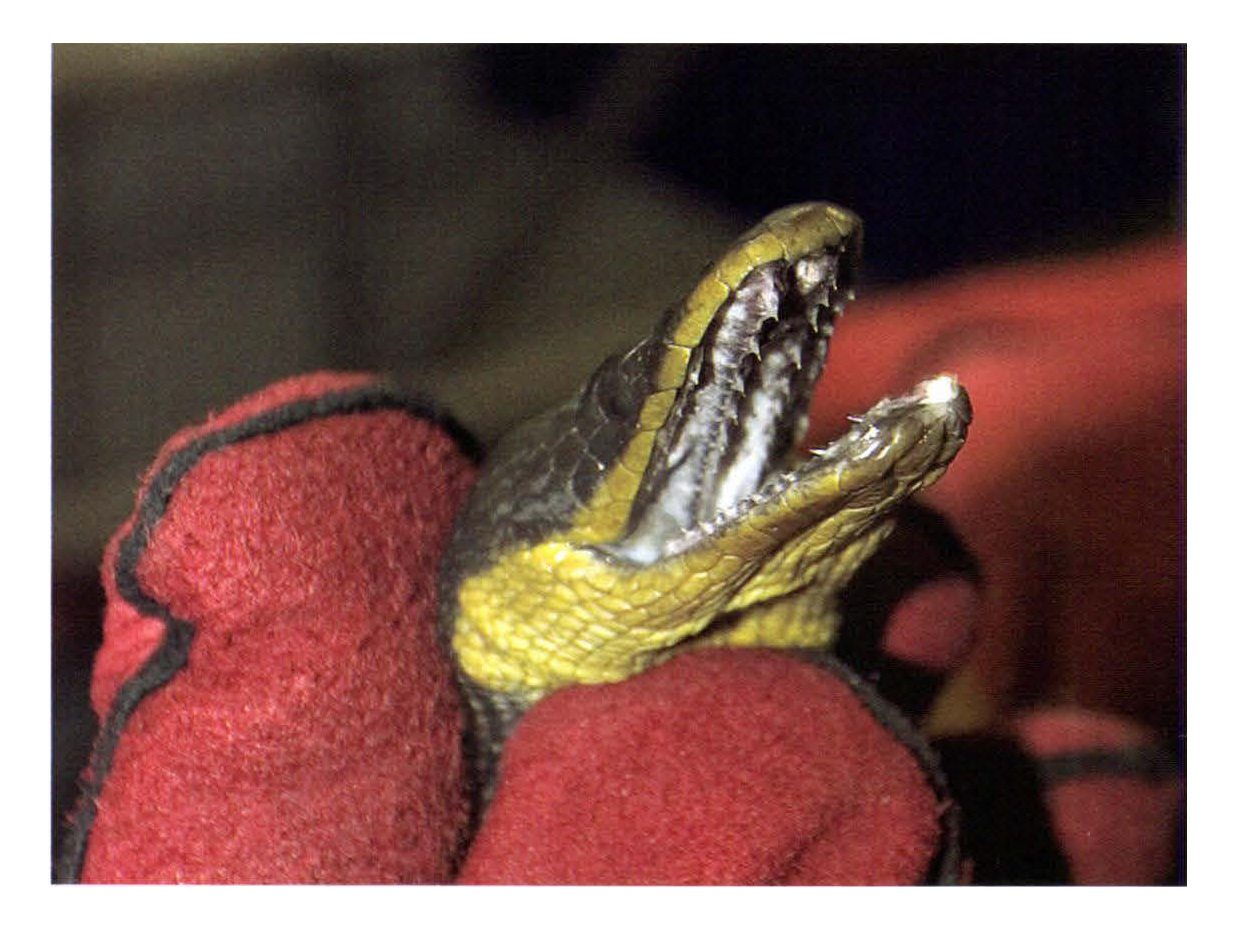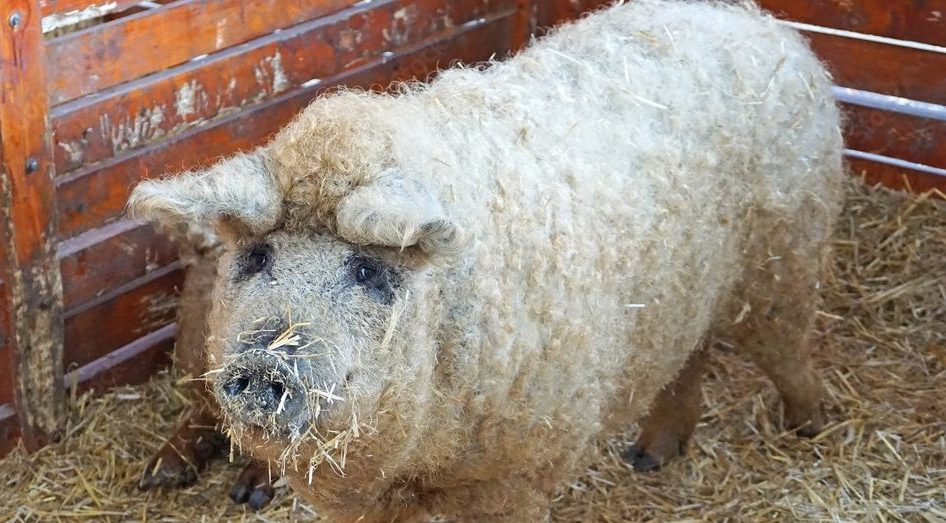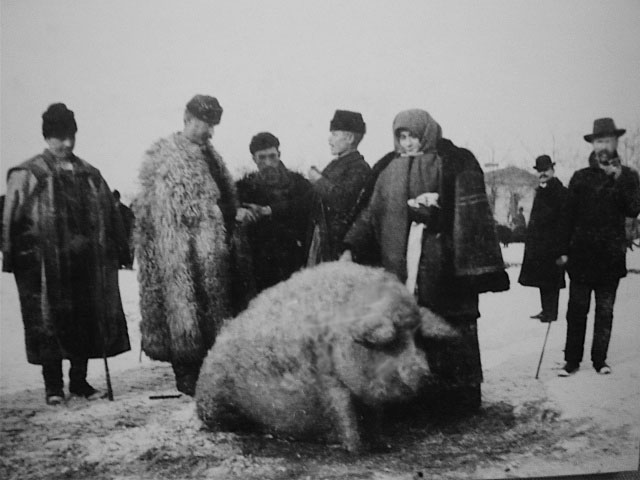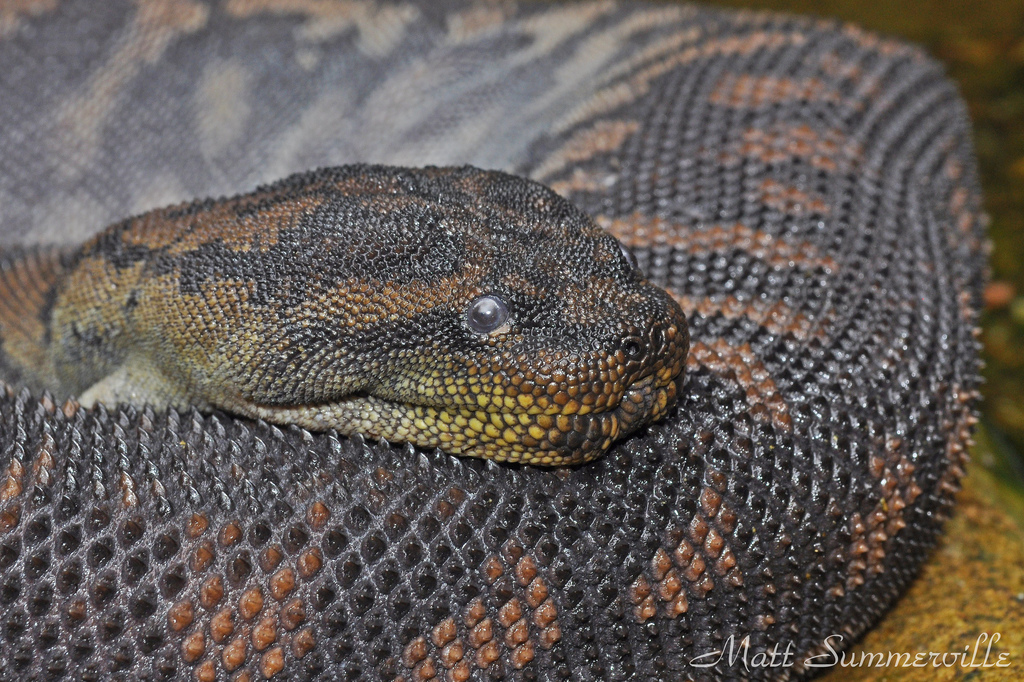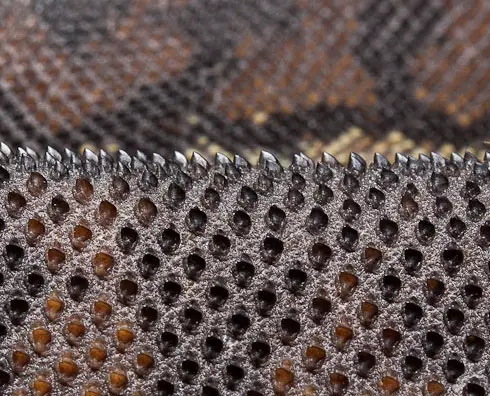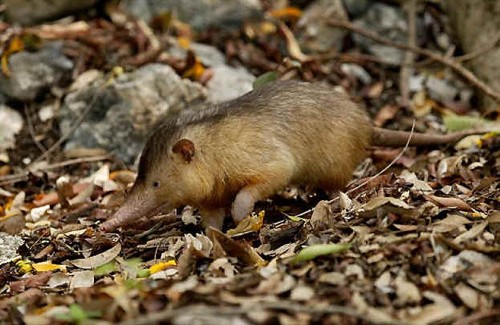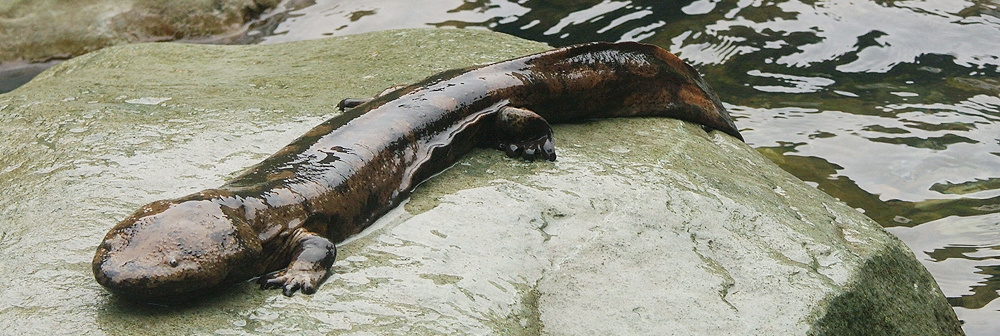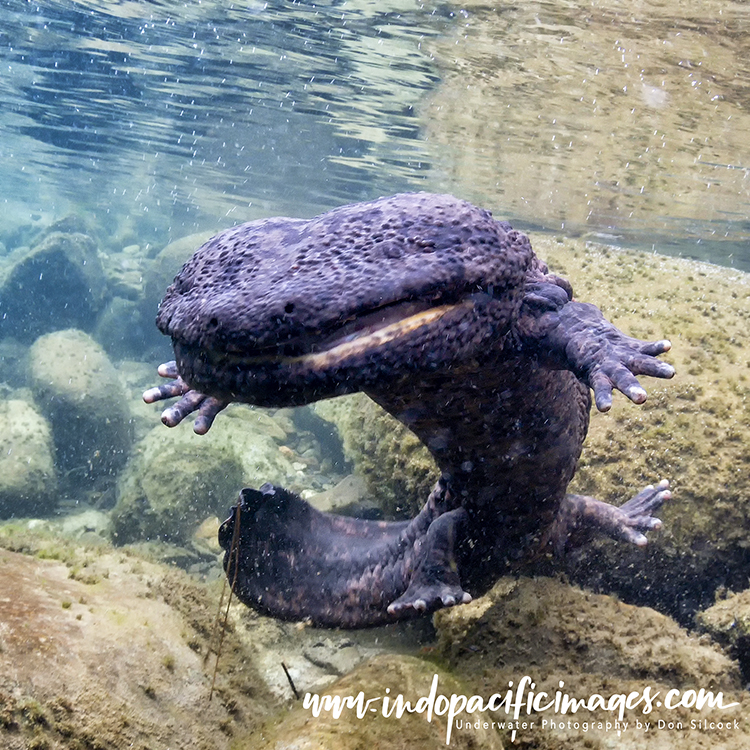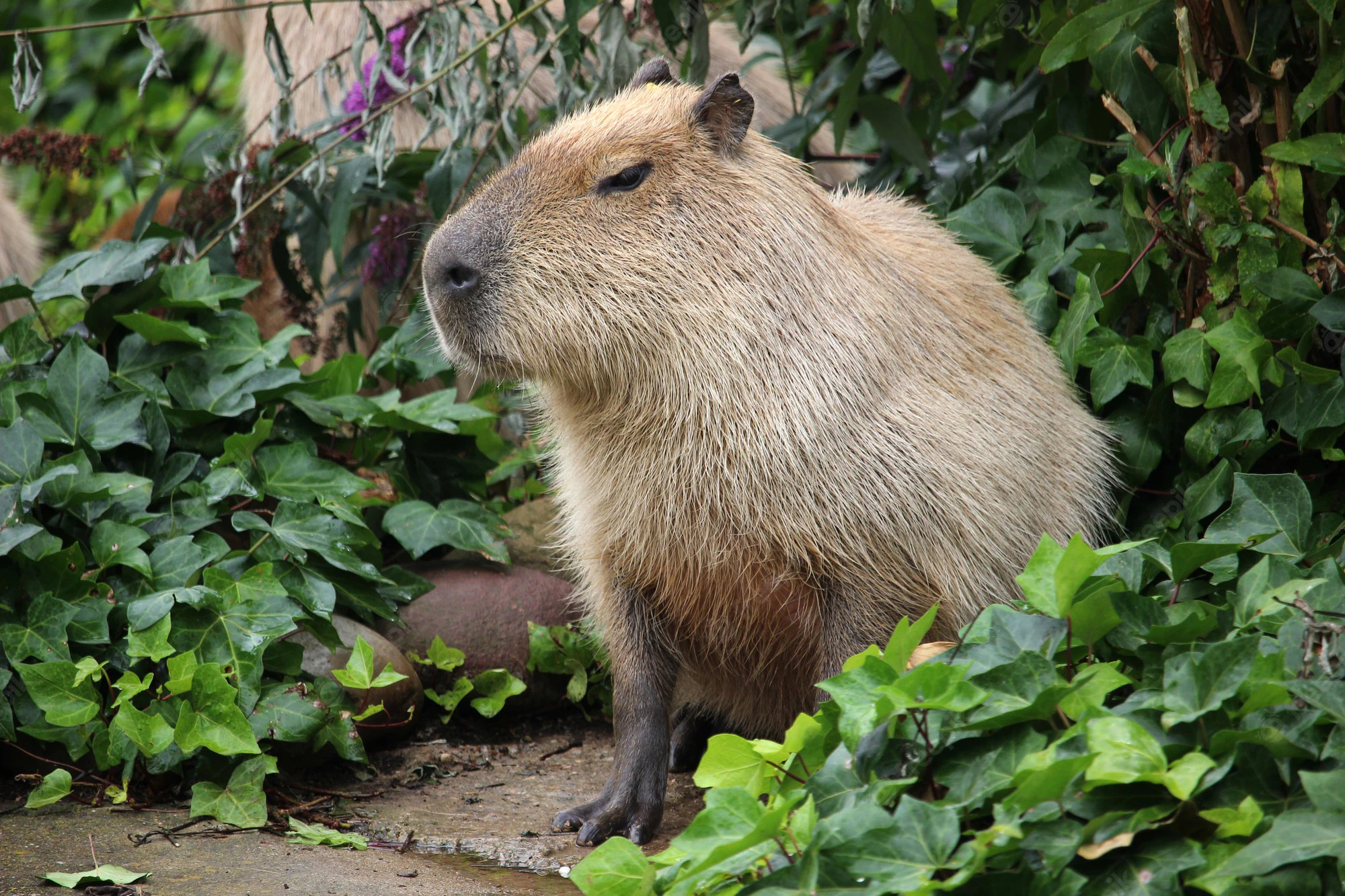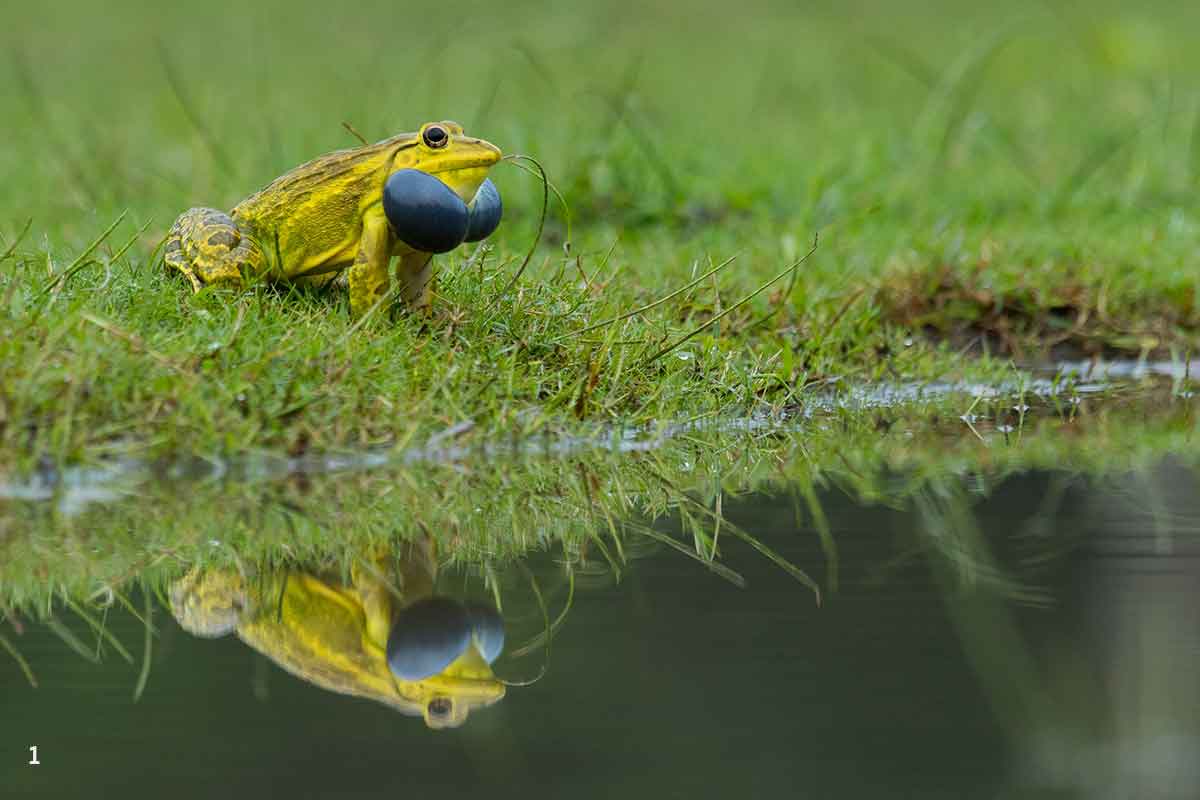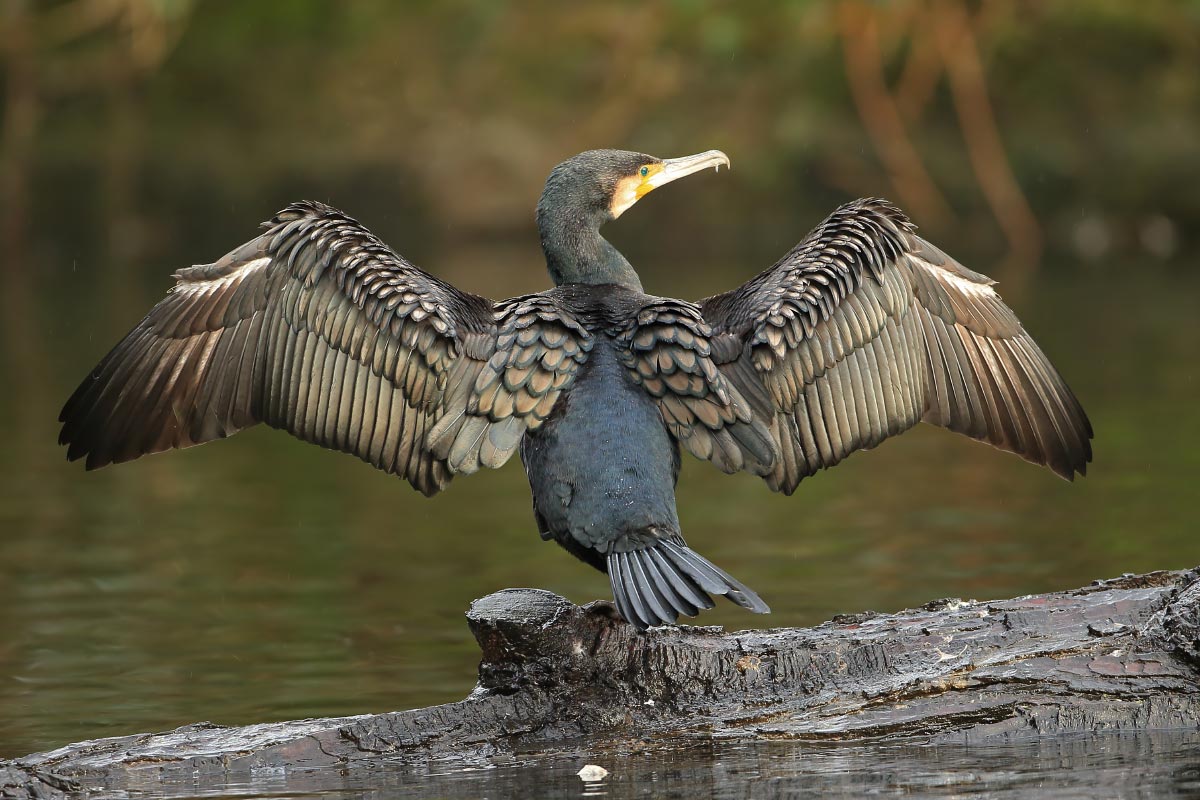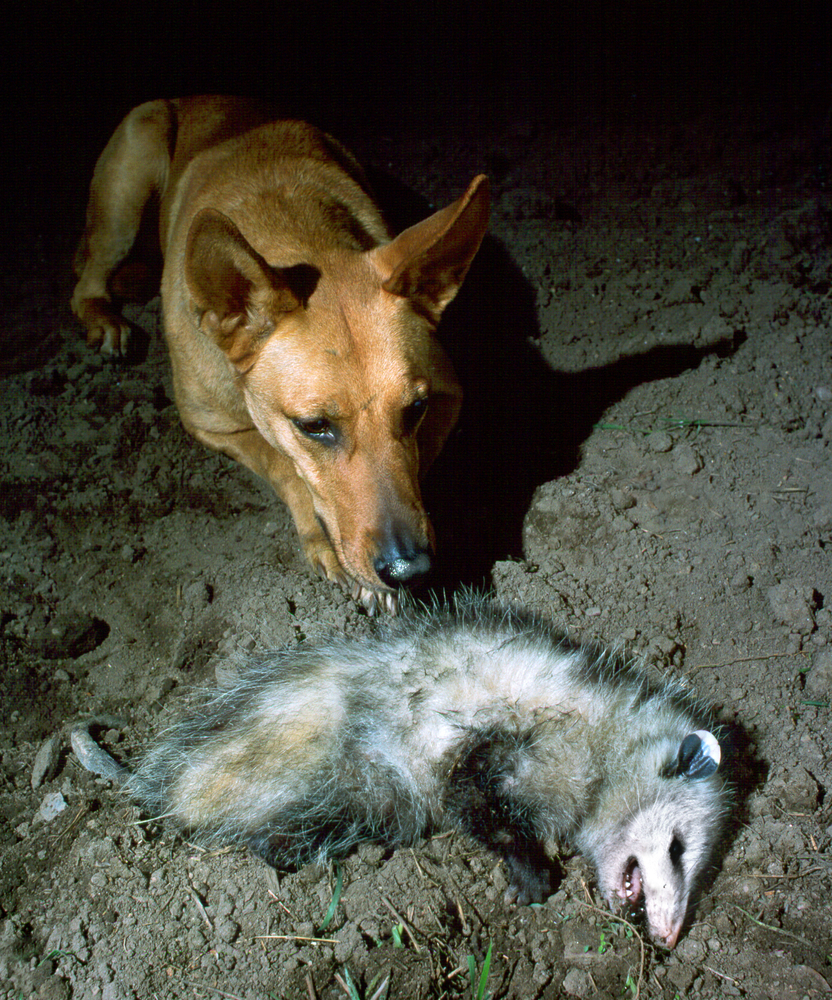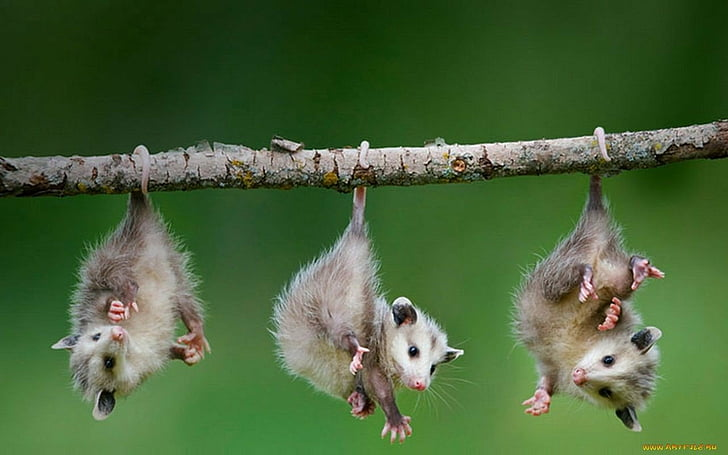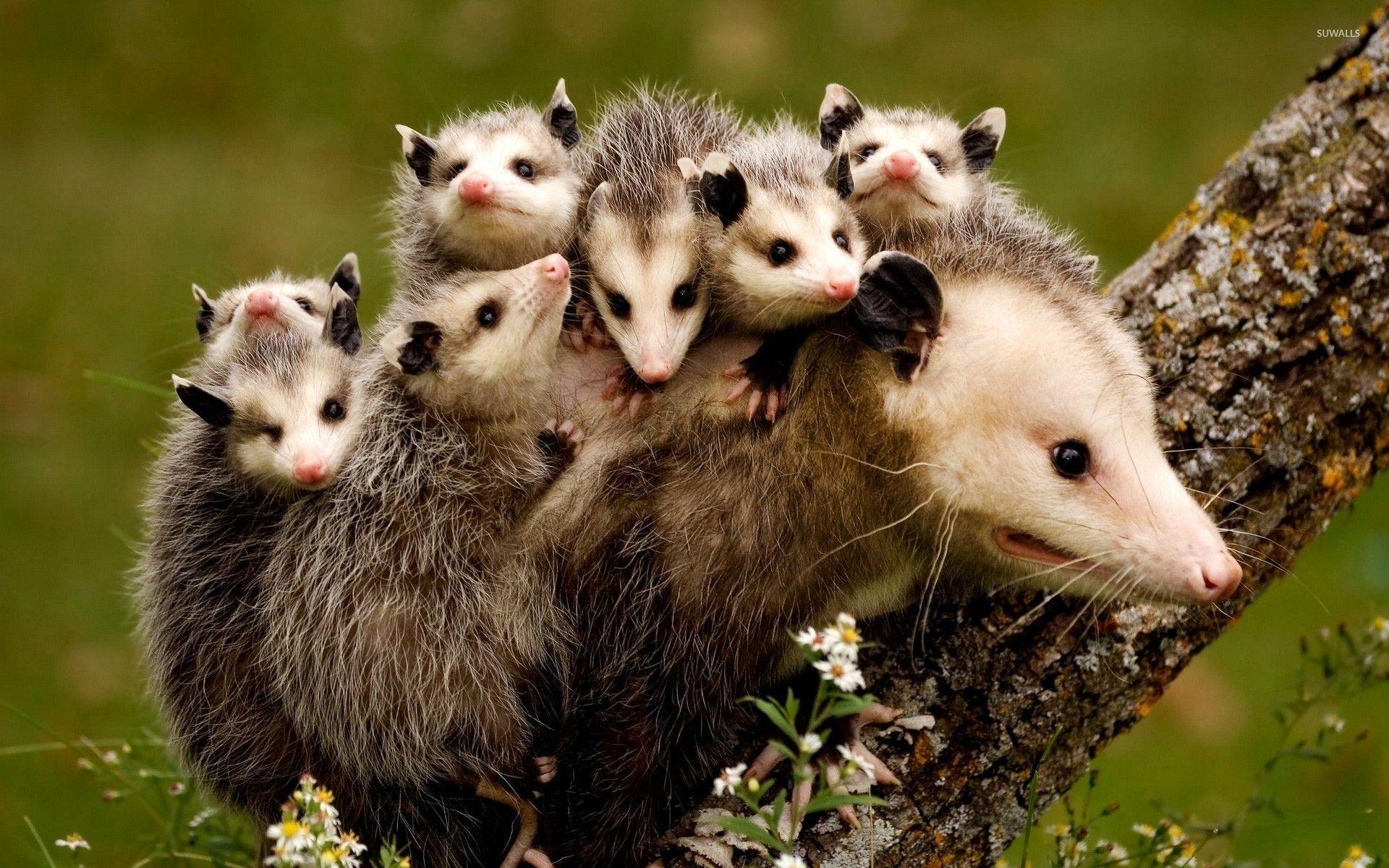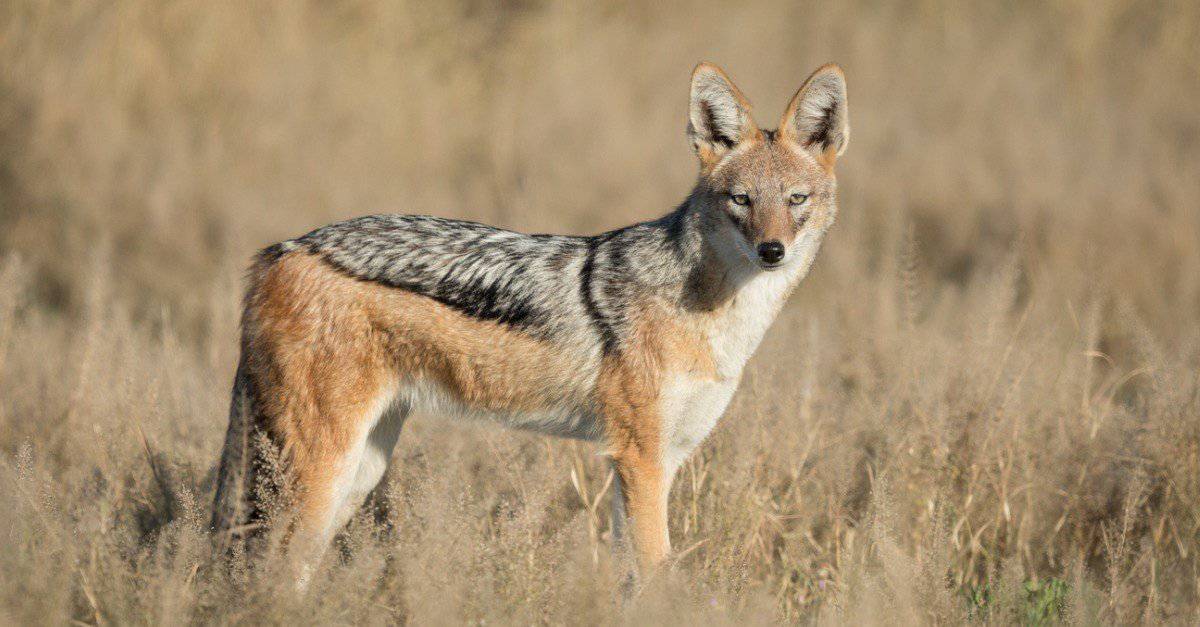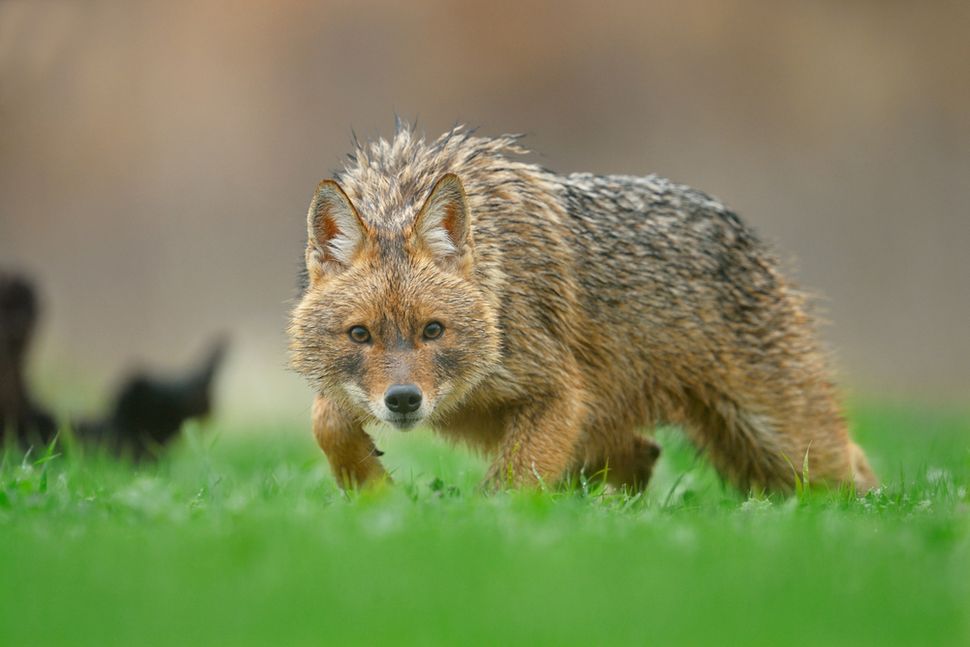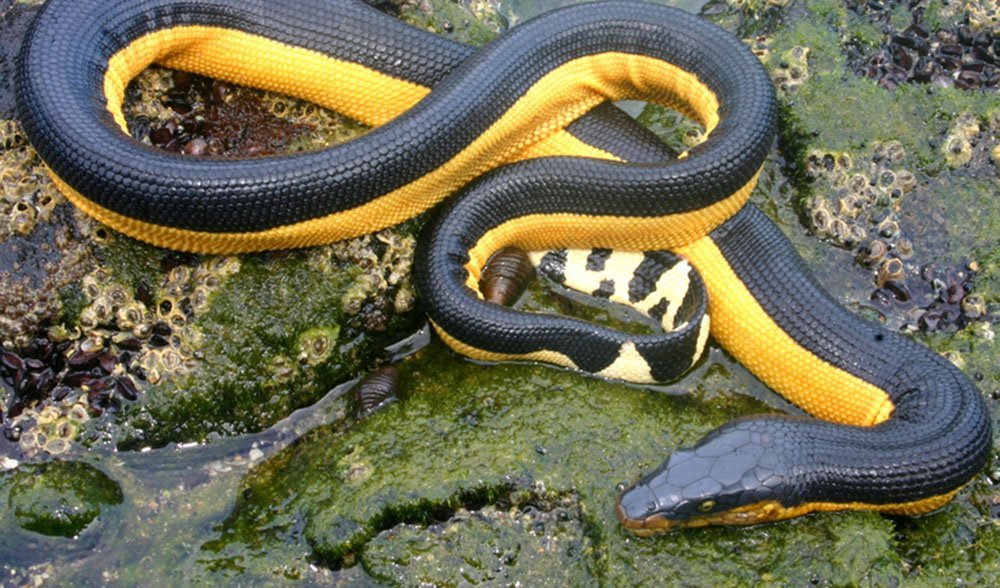
Meet the yellow-bellied sea snake.
This reptile calls the ocean its home. As a sea snake with a flattened, flipper-like tail, it can swim many miles a day, often using currents to drift great lengths. Most sea snake prefer areas of the ocean closer to shores or reefs due to the greater abundance of prey.

The yellow-bellied sea snake can hold its breath for up to 3 hours.
The yellow-bellied sea snake hunts fish and sometimes uses its body to act like floating debris. It will stay still, unmoving, on the surface of the water, acting like a palm frond or inanimate jetsam until a small fish takes refuge underneath. Then it will attack.
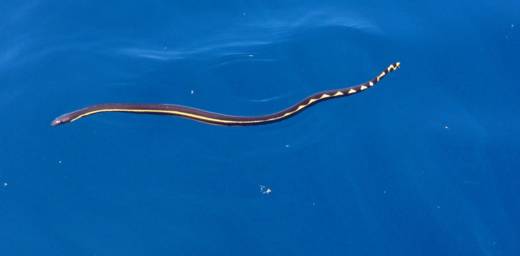
This bizarre creature has a unique adaptation that most sea snakes do not have, the ability to swim backwards. Yellow-bellied sea snakes use this technique to strike at fish much like their land cousins do.
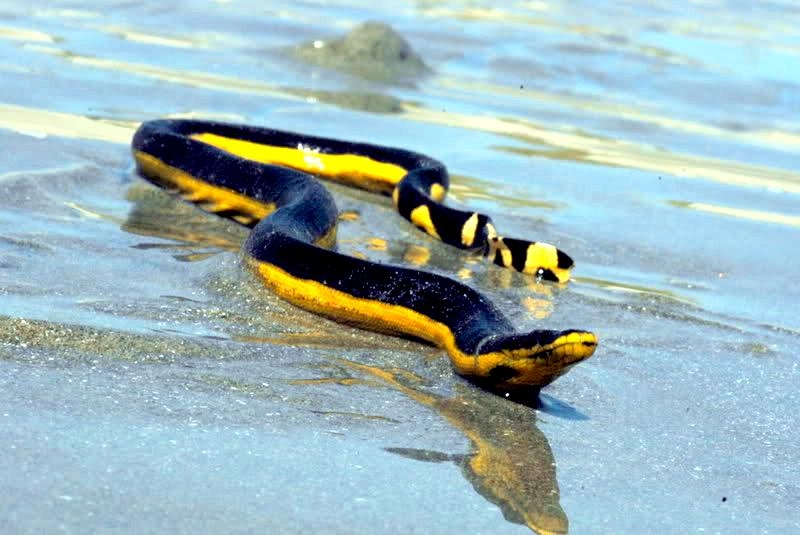
They are venomous and kill their prey with a toxin that paralyzes fish. When humans are bit, common symptoms include muscle stiffness, vomiting, and even paralysis.
